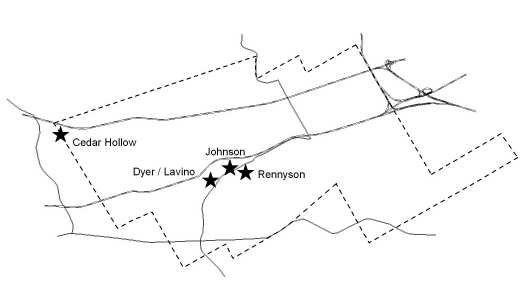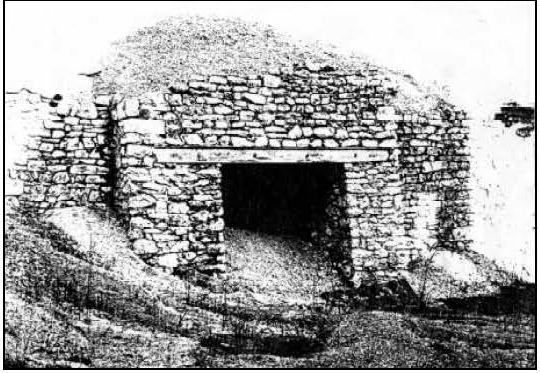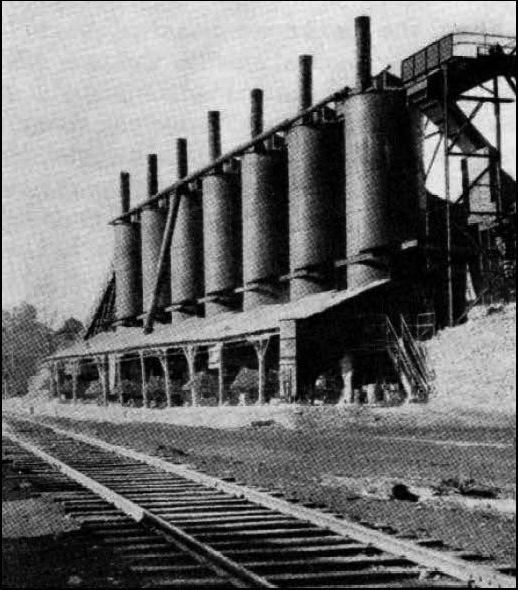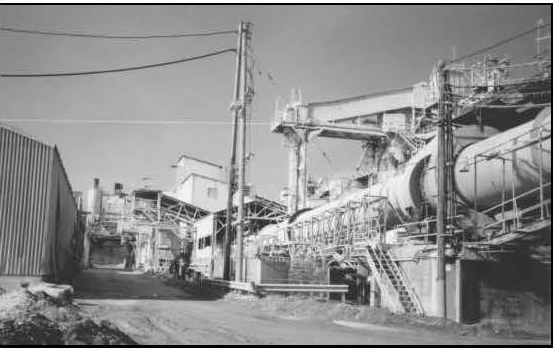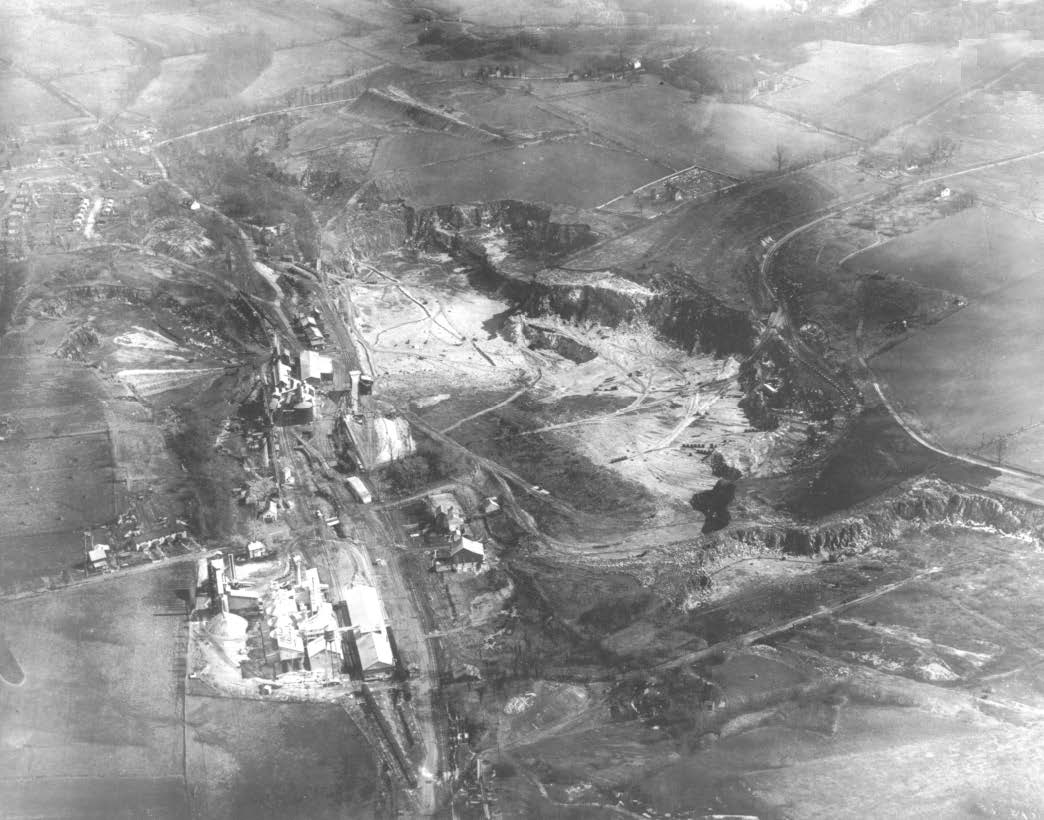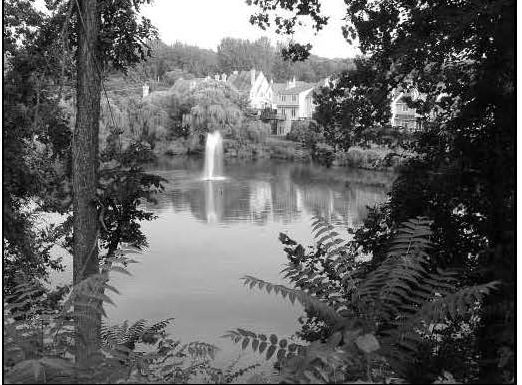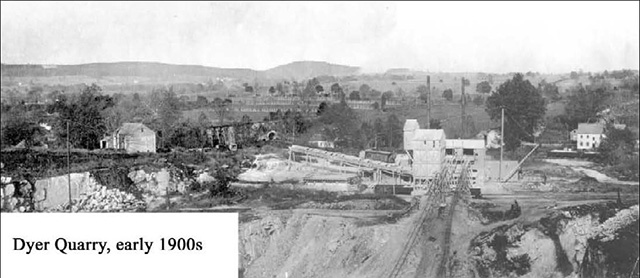|
Home : Quarterly Archives : Volume 44 |
Tredyffrin Easttown Historical Society |
|
Source: Winter/Spring 2007 Volume 44 Numbers 1&2, Pages 43–45 Limestone Quarrying
Lime, made by burning limestone, has been a valuable commodity since the creation of Pennsylvania. Initially it was used in mortar, then as a whitewash for houses, and later to sweeten farmer's fields (by reducing the acidity of the soil) and for roads. Tredyffrin has an abundance of high-quality limestone in the Great Valley. By the 1750s sale advertisements for local farms in the township mention limestone quarries and kilns. The growth of the limestone quarrying industry was limited in the early days by the poor transportation. Wagon use was limited and costly due to the poor condition of the roads. This also curbed the ability to bring in coal to fire the kilns. The transportation situation improved with the opening of the Chester Valley Railroad in 1853. Cedar Hollow The Cedar Hollow Lime Company was formed in 1855. A 2 mile spur rail line was built from the Chester Valley Railroad to the quarries. Originally kilns dug into the side of banks were used to burn the limestone. They were replaced by pot or shaft kilns that were fueled via long chutes. Most of the work was manual with the limestone being crushed by sledge hammers and coal loaded onto the chutes by hand. In 1864 a hundred carloads of lime were being shipped every month. By 1884 the company had 30 employees, expanding to 40 employees by 1899. The quarries covered an area of 218 acres in 1898, partially in Tredyffrin Township, but mainly in East Whiteland.
Bank Kiln In 1900 the Charles Warner Company took over the quarries. The new company modernized the plant, installing a hoist for loading the kilns. Electrical power was used for the first time, and a stone crusher that could handle 1,000 tons a day was installed.
Shaft Kilns, 1930 Immigrants from many countries, especially Italy, were brought in to work in the quarries. The company built homes for the workers and sponsored an Americanization program. There was also a political dimension in that the owners only allowed Republicans to work in the quarries. The limestone in the Great Valley is dolomitic limestone, chemically calcium magnesium carbonate. In 1943 the U.S. government constructed a plant at Cedar Hollow to manufacture magnesite from the limestone to be used in the production of refractory bricks for steel plants. This plant was then sold after the end of World War II.
Rotary Kline
1929 aerial photograph of Cedar Hollow Quarry looking east Two developments in the 1970s and 1980s eventually led to the closing of the quarry. Environmental concerns grew about water pollution and solid waste disposal. In response the company had to implement environmental controls. The company also ran out of the highest quality stone and requested to quarry another 180 feet deeper. Due to concerns about the effects of this deeper digging on the water table and on the foundations of the historic St. Peter's Church (situated on the edge of the quarry) the request was not approved. The Warner Company sold out to Waste Management Inc. in 1989. The new company continued the operation for a few years before closing down. In 2000 the Trammel Crow Company purchased the site and announced plans for the Atwater Corporate Park with 2.5 million square feet of office space. The eastern end of the property along Valley Creek was sold to the Open Land Conservancy. The development of the corporate park is still ongoing. Howellville The Howellville limestone quarries, like Cedar Hollow, entered their busiest period after the Chester Valley Railroad came into operation. The railroad ran close to the quarries so that only short spur lines were needed to provide service. There were seven, or more, quarries in Howellville. The Dyer/Lavino operation was west of the center of Howellville in what is now the Daylesford Lake community. The Johnson quarries are now part of the Westlakes Corporate Park, and Rennyson quarries are part of Berwyn Park.
Dyer Quarry / Daylesford Lake, 2006 Work in the quarries attracted immigrants, initially from Italy, and later from Mexico. These quarries never recovered from the slump of the 1930s depression.
Dyer Quarry early 1900s |
| Previous Article ⇐ ⇒ Next Article |
